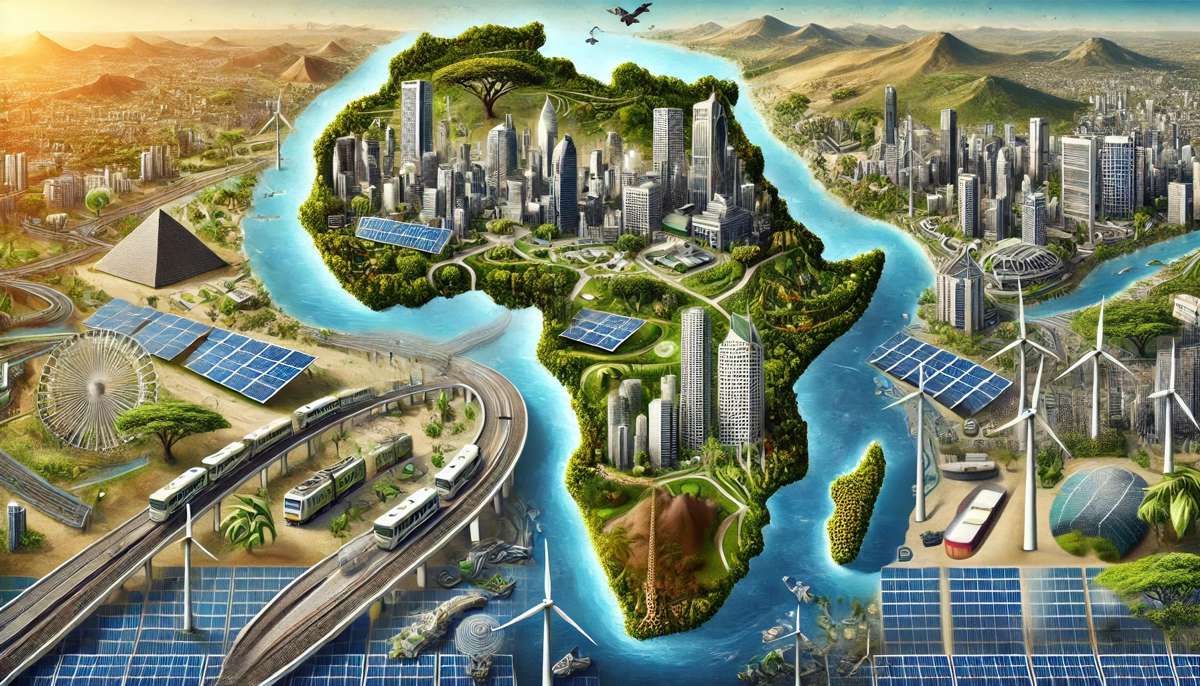Modernisation of Tamale Airport in Ghana financed by KfW IPEX-Bank
KfW IPEX-Bank is supporting the expansion of Tamale Airport in northern Ghana with a loan of US$80 million.
The loan is covered by government export credit insurance of the UK Export Finance (UKEF) agency. The contractor is the British subsidiary of QGMI, an internationally operating Spanish construction company.
The project was commissioned by the Ghanaian government: construction of a new passenger, and a multi-purpose terminal.
Tamale is one of the fastest growing cities in western Africa. Tamale Airport is evidence of this growth. There are capacity bottlenecks, which are exacerbated by the obsolete equipment in use at the passenger airport. Once completed, the 5,000 m² passenger terminal will have an annual capacity of 660,000 passengers.
Northern Ghana is an important region for fruit and vegetable farming. The new multi-purpose terminal is also intended to facilitate the export of agricultural products like shea butter, cashew nuts and mangoes.
The Ghanaian government and the IMF have described this project as one of the most important in the country in terms of Ghana’s industrialisation.
With this financing KfW IPEX-Bank is supporting sustainable development in Africa and at the same time contributing to strengthening the European export economy.
Tamale Airport was built in 1940 as a n advanced operational base for troops during World War II. Initially, the airport was manned by the Ghana Airforce, however over time assistance was sought from GCAA to provide personnel for telecommunications and to take charge of the RFFS and Air Traffic Services. Now Tamale Airport is used for both civil and military operations and for special international flights.
In September 2014, the upgrade and expansion of Tamale Airport commenced to bring it up to International standards. The first phase involved the upgrade and extension of the runway from 2438m to 3940m, construction of a new Apron, rehabilitation of existing apron and the installation of ground lighting and now the second phase address the terminals.




















